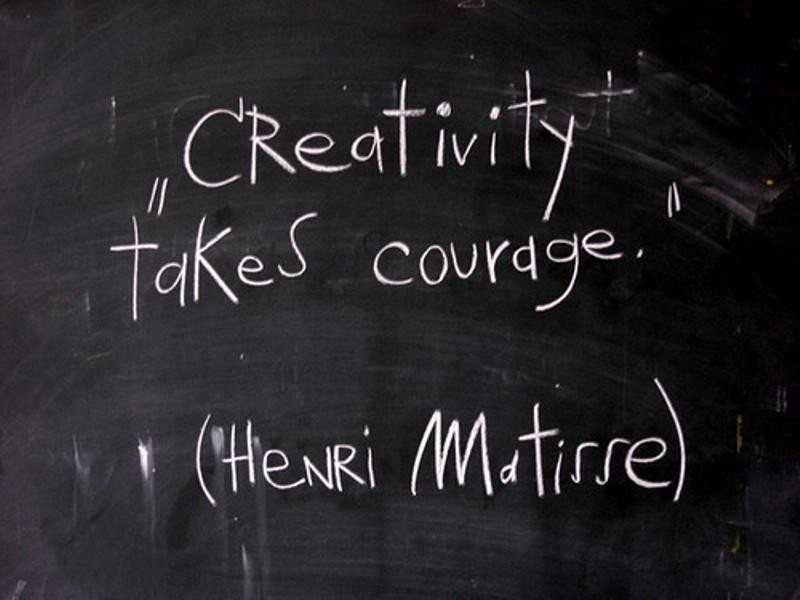An understanding on ‘hub culture’ — how it can change your outlook on trends and strategies.
Knowledge and managing cultural dimensions are the most important assets a company should leverage. As our macro environment becomes more complex, both large corporate and local companies will at some point have to manage cultural transactions in order to make their businesses prosper. In any of the business projects I work with when dealing with growing companies, the first underlining issues I deal with are open communication and co-creation. These, in my perspective, are crucial methods to build a database of new knowledge, elicit new responses to solve problems, as well as initiate a transactional relationship for interdisciplinary knowledge.
The creators of the SECI model, Ikujiro Nonaka and Hirotaka Takeuchi (1995), exactly examine how this process of socialization/co-creation enables tactic knowledge to be revealed, which is then converted into explicit knowledge through externalization, and ultimately combined with other forms of knowledge to be internalized, understood and shared again as tacit knowledge through repeated socialization. Check it 1,2 1,2.

Reading through Lewis’ and Bridger’s, “The Soul of The New Consumer,” I came across a reminder: “The loyalty of New Consumers flows to whoever has the best ideas and most rewarding innovations.” So often companies forget about the idea, putting less time and communication into it than they do with the production and implementation. A lack of communication (arguably similar to being subconsciously “closed off” or “skeptical”) is the number one problem in this case. The process of co-creation, open dialogue and the excavation of interdisciplinary knowledge are the solutions to creating the best possible ideas and rewarding innovations. Which leads me to the concept of Hub Culture, or in other words, an environment where a hefty/sizable amount of communication and openness occurs resulting in its peeps/inhabitants/colleagues to begin sharing similar values, work ethics and POVs — ultimately resulting in an interconnection of ideas spouting out innovative and forward-thinking products.
At the end of the day, any company, if it values its culture, should work like a hub, and when understanding its consumer, they should also think about how their values match up with the values of its consumer. The author Stan Stalnaker in his book, “The Next Wave of Urban Consumers,” mentions that marketing efforts should narrow in on “proximity, anonymity, culture adoption, biculturalism, reliance on word of mouth, experience addiction, and the acceptance and disposal of trends with studied ambivalence” to attract the hub consumer. Furthermore, studies have shown that before a product even enters the market, today’s consumers now wish to be a part of the production and consumption of that product due to their independent and individualistic attitudes. This adds value to the authenticity of the product, attracting today’s consumer “because ownership of authentic helps bridge a perceived gulf between their [new consumer’s] real and ideal selves.” (Lewis and Bridger; 44)
So what’s hub?
Today’s consumer is more engaged with the process of bringing a product to the market, therefore insisting that interaction and communication are key elements at the earliest stages of product development.
Take that to your strategy, before you take anything else.


